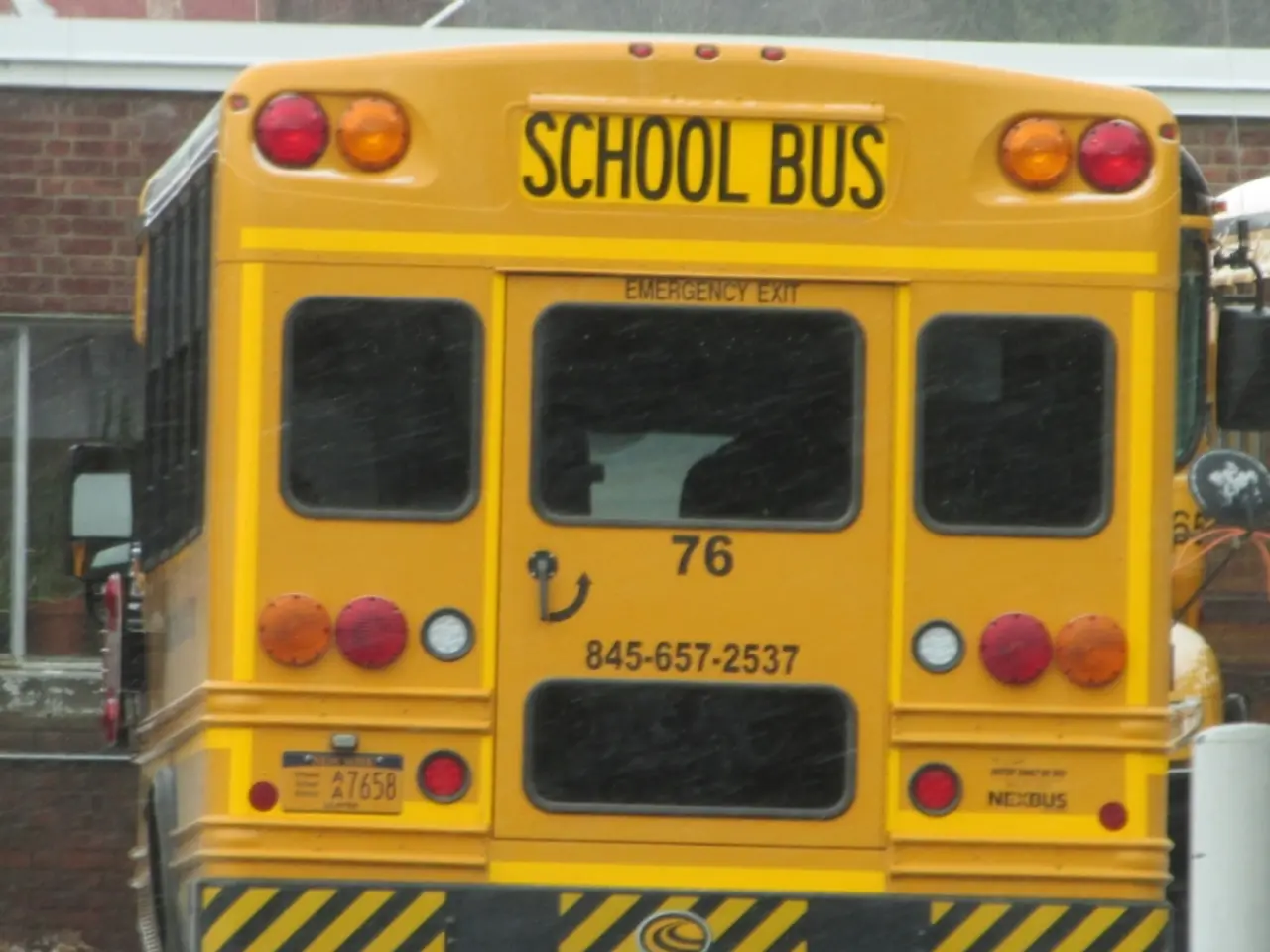Trends in UK Arts, Culture, and Heritage Sector Workforce and Participation in England
England's Cultural Landscape: A Closer Look at Participation and Workforce
In a new State of the Nations report, Creative PEC delves deeper into the participation and workforce analysis of the arts and culture sector in England. The report, built upon previous research, offers fresh insights into these areas as England prepares for new Strategic Authorities and local governance.
The research reveals a growing disparity in arts and culture engagement between socio-economic classes and ethnicities. It also uncovers regional discrepancies, with a previously unseen connection between areas with high arts and culture workforces and those with high participation rates. This underscores the need for cultural plans to evolve beyond merely boosting local community engagement, and should instead consider nurturing and sustaining opportunities within the local arts, culture, and heritage workforce.
In terms of the workforce, individuals from more affluent backgrounds continue to hold the majority of positions in the sector. Implementing fresh policies is essential to create meaningful change and truly shift the sector's focus.
Key findings from the report include:
- Only 13 English local authorities have more than half of their population visiting an art gallery within a year - all are located in London.
- The local authority with the highest percentage of residents attending an art gallery is the City of London, at 70%.
- Regions with high rates of arts and culture participation also tend to have higher percentages of people working in these fields.
Accompanying the report, an interactive dashboard has been published to help local growth and cultural planning professionals delve further into regional and local data. A video explainer is also available for guidance on using the data dashboard.
The report's launch event featured insights from experts in the field, including Dr Helen Pheby, Head of Culture, Heritage and Sport at the West Yorkshire Combined Authority, and Councillor Peter Golds CBE from Tower Hamlets Council. Those who missed the event can review it using the provided link.
Created in partnership with the University of Sheffield and the University of Manchester, the report aims to provide valuable data and insights for the development of policies relating to the creative industries across the United Kingdom. The themes covered by the State of the Nations series include innovation, internationalization, education, skills, and employment, as well as arts, culture, and heritage.
[1] Disparities in arts and culture engagement based on socio-economic class and ethnicity are growing, with London accounting for the majority of areas with high participation rates.
[2] Regions with a high concentration of arts and culture workers tend to have higher levels of community participation.
[3] The arts and culture sector is heavily dominated by individuals from affluent backgrounds.
[4] Incorporating workforce development into local cultural plans is crucial for fostering sustainable and inclusive growth in the arts and culture sector.
[5] The study shows that the gap in arts and culture engagement by socio-economic background has returned to pre-pandemic levels.
[6] To address these disparities, innovative policies must be implemented that focus on education-and-self-development, ensuring equal opportunities for diverse talent in the arts and culture sector.
[7] The report also highlights the importance of research and continued data collection to monitor policies' effectiveness and adapt them as needed for optimal results.
[8] As England navigates the transition towards new Strategic Authorities and local governance, the findings underscore the need for a comprehensive education-and-self-development policy that supports both the heritage of arts and culture and the development of creative industries in the internationalisation of England's lifestyle.




